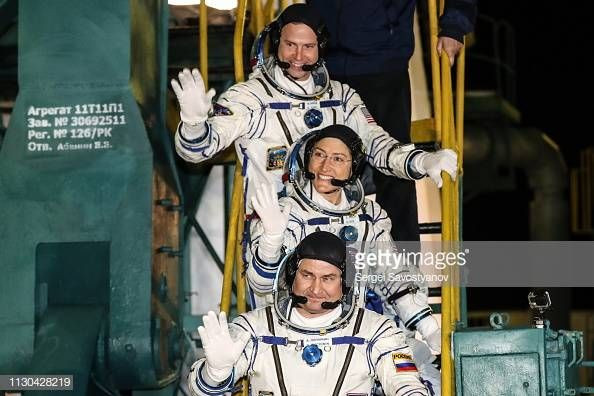NASA Discovers New Threat To Astronauts In Space: Herpes

Deep space mission could be a lot trickier for astronauts as NASA discovered that dormant viruses like herpes reactivate during spaceflight.
Although astronauts only develop a small percentage of the symptoms, spaceflight duration increases the rate of virus reactivation, which could present more challenges for missions like the expedition to Mars and beyond.
"During spaceflight there is a rise in secretion of stress hormones like cortisol and adrenaline, which are known to suppress the immune system. In keeping with this, we find that astronaut's immune cells—particularly those that normally suppress and eliminate viruses—become less effective during spaceflight and sometimes for up to 60 days after," senior author of the study Dr. Satish K. Mehta of KBR Wyle at the Johnson Space Center said.
"To date, 47 out of 89 (53%) astronauts on short space shuttle flights, and 14 out of 23 (61%) on longer ISS missions shed herpes viruses in their saliva or urine samples," Mehta added.
Thankfully, NASA has rapid viral detection systems coupled with ongoing treatment research that are starting to help protect astronauts. Similarly, these could help safeguard immunocompromised patients on Earth.
The reactivation of the herpes virus among astronauts not only poses threats to them but also to people they come in contact with on Earth. According to the research, people with the reactivated virus still shed infectious substances in their body fluids up to 30 days after they return from the International Space Station.
Fortunately, viral shedding is somewhat typically asymptomatic. The six astronauts that developed the symptoms because of the reactivation only suffered minor signs. However, the fact that the length of spaceflight can affect the revival of the viruses is not a good sign for future missions. Duration, frequency and magnitude of viral shedding increase with how long the spaceflight lasts. According to Mehta, they are now focused on developing a targeted solution for people who had to suffer the symptom after reactivation.
NASA has been on a mission to put people back to the Moon and possibly Mars. It will be setting up a lunar outpost soon. The development of the landers will help bring astronauts back to the lunar surface. Thanks to Trump's proposed fiscal budget for 2020, the project will potentially receive more funding.
© Copyright IBTimes 2025. All rights reserved.




















